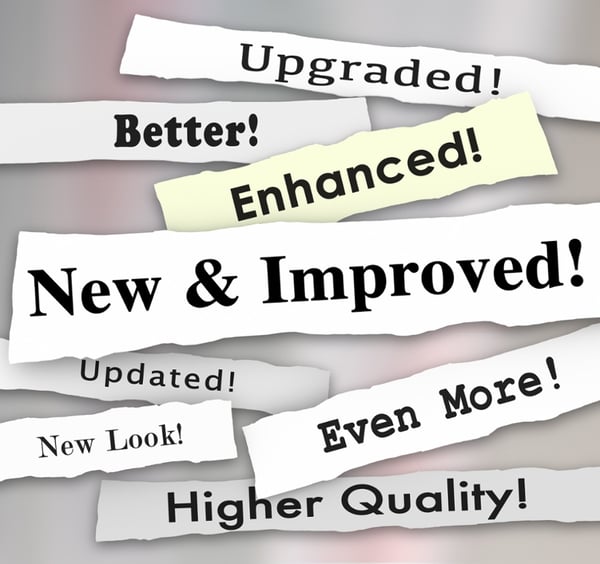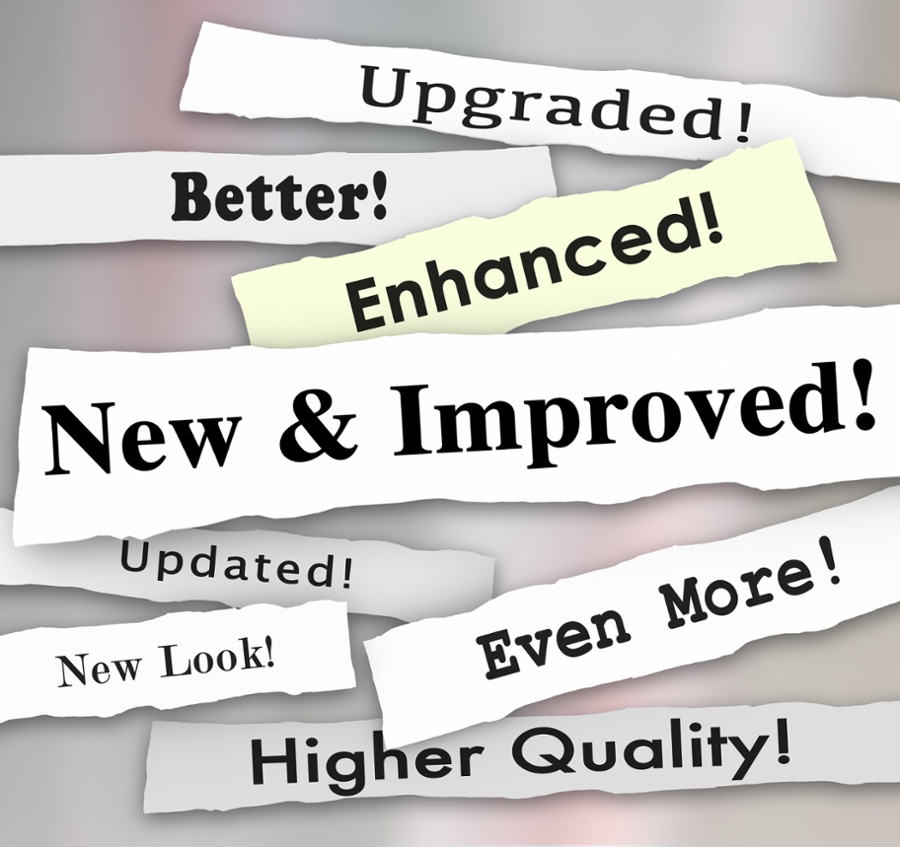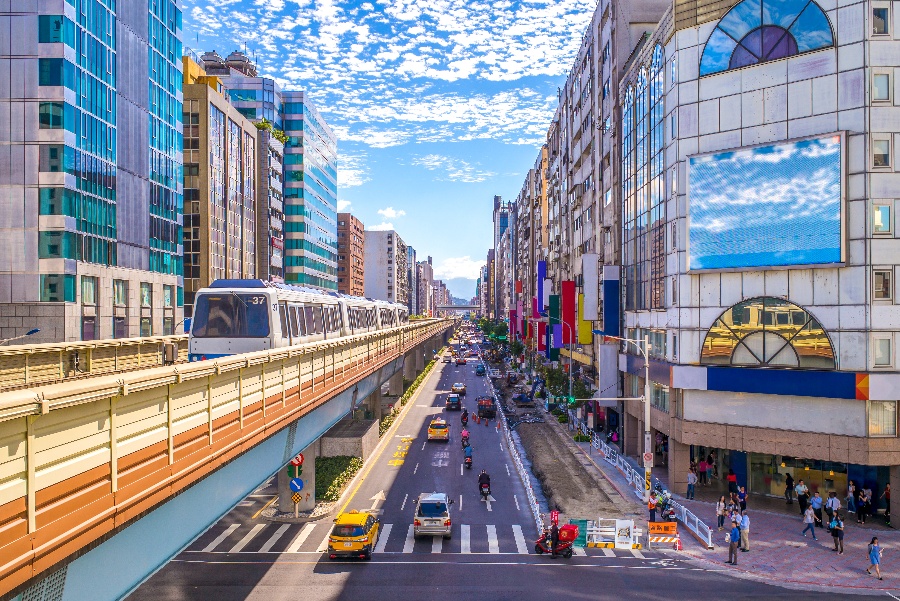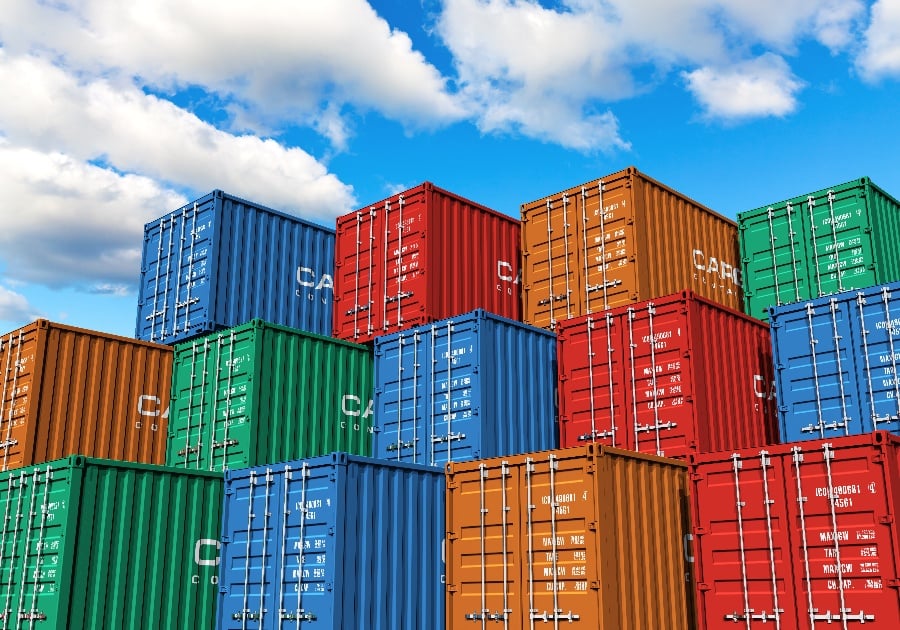
Pultruded products are quickly gaining ground over other materials in infrastructure and construction, thanks to the lower material cost, lighter weight, resistance to challenging environments, ease of transport, and range of customization pultrusion offers.
In infrastructure, pultruded products are in high demand for components for bridges, highway sound barriers, guardrails, railway crossing arms and antennae housings that are corrosion resistant, strong, and long lasting.
In residential and commercial construction, pultrusion offers special advantages for frame profiles and reinforcements for windows and doors, as well as roll-up door panels and electrical and pipe supports.
For the utility industry, pultruded products can be invaluable for large scale implementation in the way of utility line markers, poles, and cross arms as well as non-conductive ladder rails, electrical lines and trunking, and fiber optic cabling. Wastewater plants benefit from corrosion resistant water treatment components.
Pultruded Products vs. Aluminum
Extensive use of pultruded fiberglass rods is apparent in construction. Cable trays and ladders constructed from pultruded fiberglass profiles bring an extra layer of corrosion resistance to construction projects, and the life cycle of these components exceeds that of aluminum.
Pultruded products can withstand the challenges of various environments associated with industries such as petroleum and chemical, as well as the high standards demanded by power, and light industries and the need for flexibility required by digital fields including television and telecommunications.
For construction in rapidly growing urban areas worldwide, fiberglass provides the means to add structural integrity to window and door frames and deliver higher energy savings with tight seals promoted by precisely pultruded profiles.
The fiberglass outperforms aluminum in changing temperatures as well, with less expansion and contraction leading to better energy conservation and less stressors on surrounding materials.
Fiberglass rods can specifically be utilized to manufacture strong, lightweight scaffolding and trays designed for use in commercial construction projects.
Compared to aluminum, pultruded fiberglass delivers:
- High strength composite qualities with bend resistance that is better than aluminum
- A higher level of chemical resistance compared to aluminum scaffolding or trays
- Non-conductivity, making it ideal for use by electricians and electrical contractors
- A stability and safety closer to that of steel scaffolding than aluminum
- Materials that will not oxidize like conventional aluminum scaffolding or trays
- Reduced surface damage thanks to a light weight and higher portability
Pultruded Products vs. Wood
The utility market has been one of the fastest growing for pultrusion, as fiberglass rods can be readily introduced in the construction of utility poles and crossbars.
This process shines a light on the flexibility and customizable aspects of pultruded fiberglass, enabling an unlimited amount of variance in profiles created to serve specific stringing and attachment needs for utility use.
This is particularly convenient considering the impact that seasonal weather patterns and natural disasters have had on the power grid over the past few years.
In the face of $4.6 trillion dollars of repairs and replacements to be made to utility and transportation infrastructure over the coming decade, the benefits of pultruded products over wood can be highlighted even more.
Compared to wood, pultruded fiberglass delivers:
- Minimized chemicals leached into the environment from discarded treated wood poles
- Heightened weather, humidity, impact and insect resistance across the board
- Ease of drilling, cutting, assembly and installation, as well as transport
- An improved lifecycle over wood utility poles and cross arms
- Reduced need for metal fittings, and the subsequent introduction of oxidized leavings
- A lack of conductivity provided by coated fiberglass rods
- Higher levels of safety in case of an auto / pole collision or poles downed by weather
- A stronger, lighter, and longer lasting solution compared to wood
Pultruded Products vs. Steel
Perhaps the place where pultruded fiberglass shines the brightest is in its ability to provide a strong challenge to traditional use of steel in a cross industry market.
Pultruded fiberglass rods as a substitute for steel rebar in reinforced concrete are changing the face of bridge and tunnel building, high rise construction, and marine and waterfront applications, delivering stellar results compared to traditional steel.
For thermal load bearing projects, fiberglass is superior to steel when it comes to tensile strength. It is as strong as steel when it comes to reaching a buckling point, and is less likely to corrode when used in exposed environments such as balconies.
Waterfront environments and areas with corrosive soils, such as placements for bridges, tunnels, and marine piles, can also benefit from fiberglass rebar.
Bridges in particular are a target for the pultrusion market, as fiberglass outperforms steel on multiple fronts and can be readily transported to sites where it can be difficult to maneuver steel.
Glass fiber reinforced plastic (GRP) rebar can maintain mechanical properties as well as micro-structural integrity for longer than 15 years, enhancing durability and reducing the need for maintenance and replacement.
The strength of fiberglass compared to steel falls convincingly in favor of fiberglass reinforced concrete, making it the go to for many projects where a complete replacement or new construction of bridges is underway.
Compared to steel, pultruded fiberglass delivers:
- Cheaper manufacture and transport
- Strength that matches or beats steel
- Low maintenance costs
- Higher corrosion resistance
- Longer life-cycles when used as a reinforcing material
- More advance notice when a failure begins
- A weight up to 75% less than that of steel
Pultruded fiberglass is expected to continue to gain ground as a replacement for other materials in multiple industries and countries. It is already in demand for the Middle East, where infrastructure demands ease of manufacture for components and reinforced building materials.
In the U.S., where infrastructure continues to age and a startlingly high percentage of bridges are on the brink of failure, Fiberglass could be the saving grace that allows rapid rebuild at lower cost and with longer lasting results that with steel.
Energy efficiencies and life-cycles can be expanded and extended with pultruded products, and they have almost unlimited potential.
An all fronts, pultruded products have the ability to replace much of the traditional products used in infrastructure, construction, and utilities, reducing dependence on steel, wood and aluminum and providing a way forward in a world with ever rising material costs.















